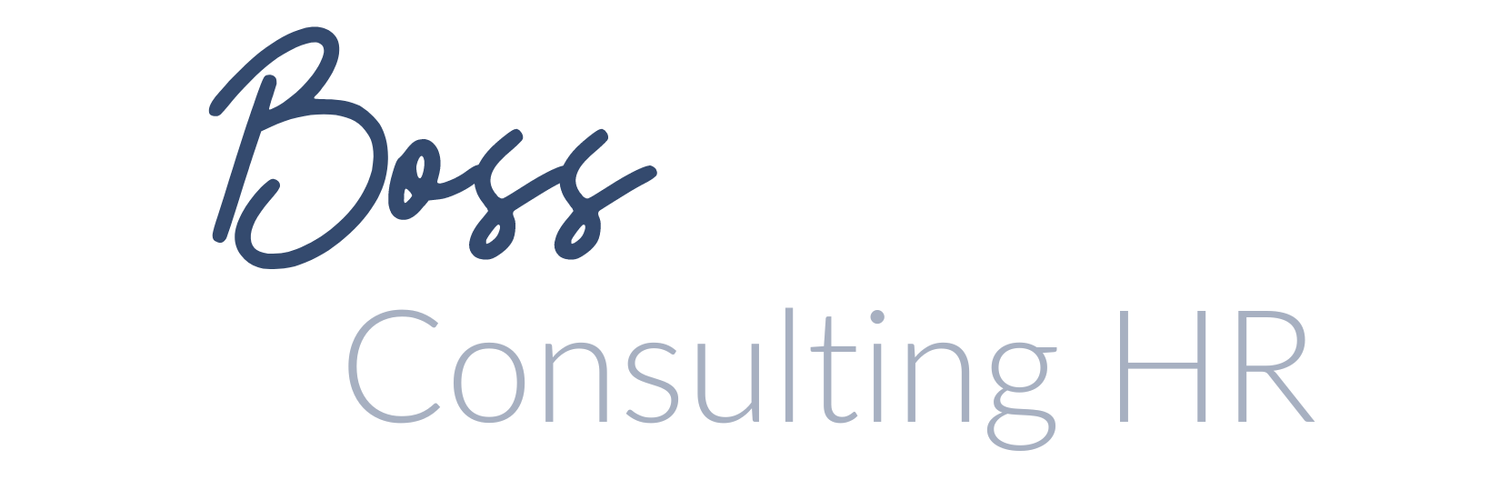What To Look For During an I9 Audit
I don’t hear of a lot of I-9 audits happening amongst my business contacts however I’ve been working on a lot of HR compliance audits which involves looking at the employers I-9 on employees. I continue to see the same mistakes with each audit I do and thought it would be helpful to review the best practices for I-9 maintenance and storage.
#1 Dates, Dates, Dates
Employees should be completing an I9 on their first date of employment. Avoid having them do it before and definitely avoid having them do it after. Yes, you need an I9 for every single employee regardless of their visa status or the fact that you “know they’re not illegal.” The employee completes the first page and the date next to their signature should match up with their first date of employment.
The employer completes the second page and the date of hire should match the employee's date of hire. The employer should be verifying the employees work authorization within three days of hire so the signature date should be NO LATER than three days after the employee began working.
#2 Over Verification
Sometimes employers will ask employees to bring their license, social security card and passport and then will make a copy of all three to attach to the I-9. This can be risky for two reasons, 1.) You do not need to over-verify with documentation. Stick to the List A Document OR a List B Document with a List C Document. 2.) Telling an employee WHAT forms of ID they need to bring can potentially be viewed as discriminatory. Instead, make a recommendation or provide examples. The best advice is to show the employee the third page and advise that you need a List A Document OR a List B Document WITH a List C Document.
#3 Storage
Many employers store their employees I-9s in the individual employee files. This is a big NO NO for two reasons. In the event of an audit, you have a limited amount of time to respond and produce the forms. When they are contained in a singular location, it makes it much easier to respond timely and in a way like you actually have your shit together.
You also don’t need to keep these forms identification. Storage requirements are THREE YEARS AFTER DATE OF HIRE OR ONE YEAR AFTER TERMINATION, whichever is later. In a field where we are all about record retention, it feels good to purge unnecessary documents.
Lastly, it’s risky. If a supervisor catches wind via looking at an employee records that their subordinate is on a unique visa and then starts to treat them differently or harass them, that then becomes evidence against the employer.
The USCIS has a great training about the form and how to prepare it correctly to avoid any record keeping fines. The training can be found here.
If you’d like to find out more information about having an HR compliance audit done at your workplace, email us today.

